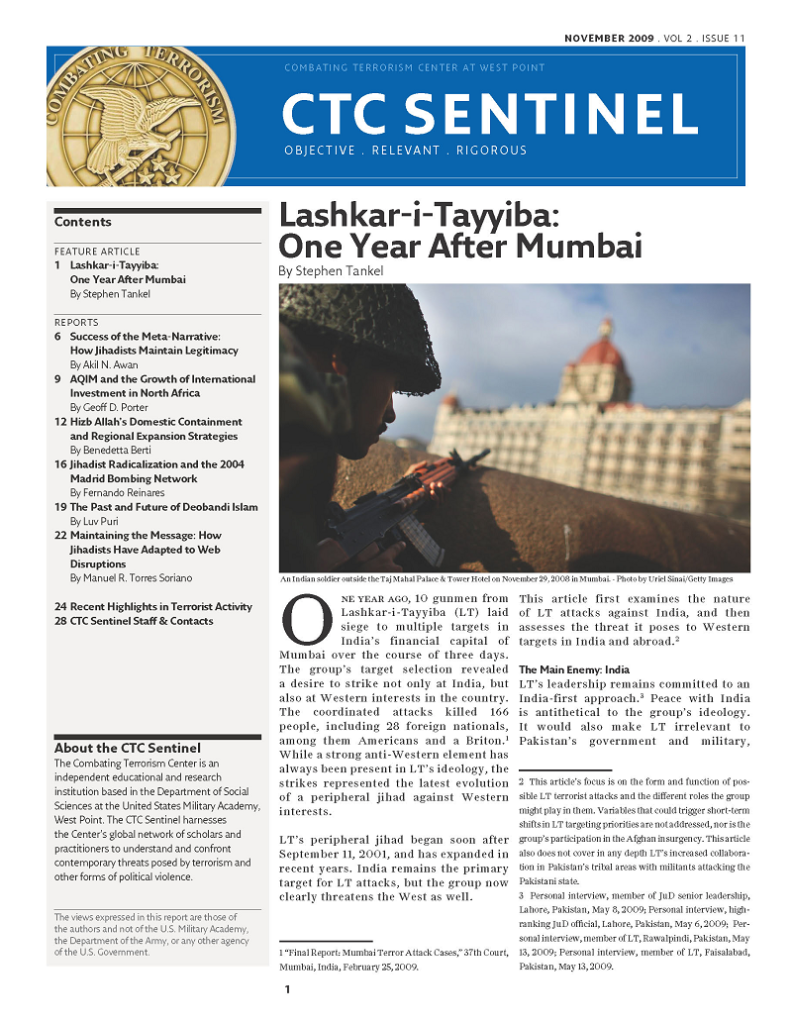NOTICE OF MEETING AND PROVISIONAL AGENDA
COUNCIL OF THE EUROPEAN UNION
(Justice and Home Affairs)
Europa building, Brussels
31 August 2021 (13.00)
Format 1+2 (+1 in listening room)
Adoption of the agenda Non-legislative activities
Situation in Afghanistan: Home Affairs aspects1
Exchange of views
Any other business






